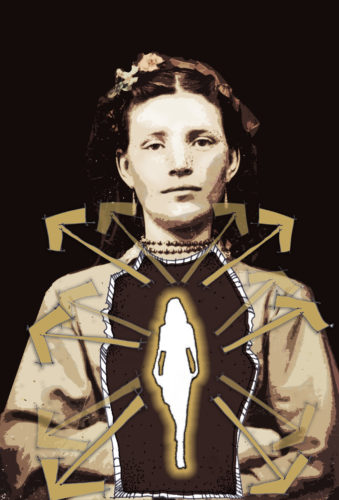If you have studied mobile learning in the academic literature, it is a field fixated on defining itself which suggests, perhaps, some structural flaws in its own rendering. Every paper begins more or less with a definition of what mobile learning is, which doesn’t seem to be the case with more mature fields. The issue is that mobile learning is a mature field; it has been around for a few decades now. The literature just doesn’t reflect that with its preponderance on acceptance models, granular observations at specific sites with little generalization, and little underlying theory.
I have always supported a definition of mobile learning that moves beyond the normal tropes of anytime, anywhere configuration and into something a bit more cognitive. I have mentioned it before here on this blog and it keeps evolving so I will keep sharing it. Parts of this are borrowed directly from Sharples and other figures from the mlearning literature and parts are my own.
Mobile Learning is defined as follows:
- Learning that occurs across multiple contexts, amongst people, and interactive technologies.
- Learning that encapsulates public and private processes and high and low states of transactional distance; activity will flux between working alone and working in groups as well as towards and away from the organization.
- Learning that is mobile in material, physical, and cognitive forms.
- If there is no transformation of your understanding or your capacity for perception, there is no mobile learning.
- If there is no negotiation of your body’s interaction with the lived world, there is no mobile learning.
- If there is no interaction with material, however defined, there is no mobile learning.


Defining #mLearning ad nauseum: my evolving take https://t.co/Bb7UpzALNf https://t.co/fUAI8GdnHF
Defining mLearning ad nauseum: my evolving take https://t.co/Ke9XbHTFwE
Defining #mLearning: my evolving take https://t.co/MuKZKighsG https://t.co/bb3YzXm4fY